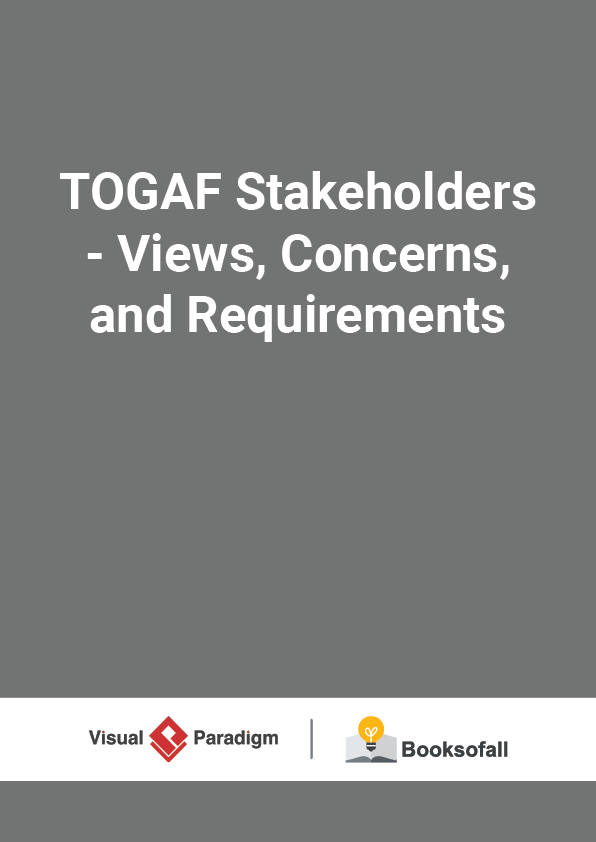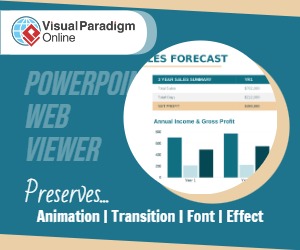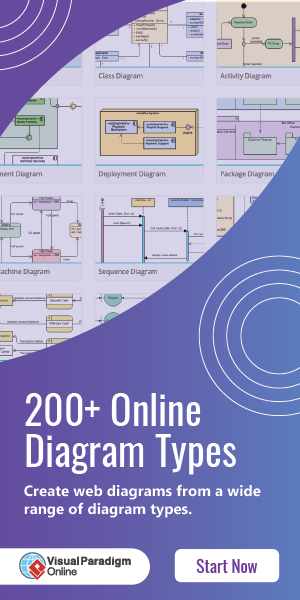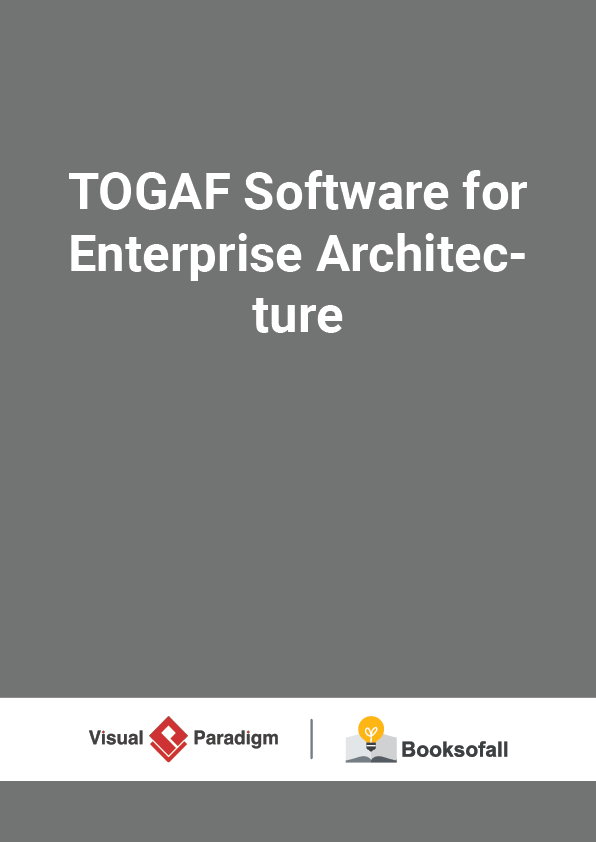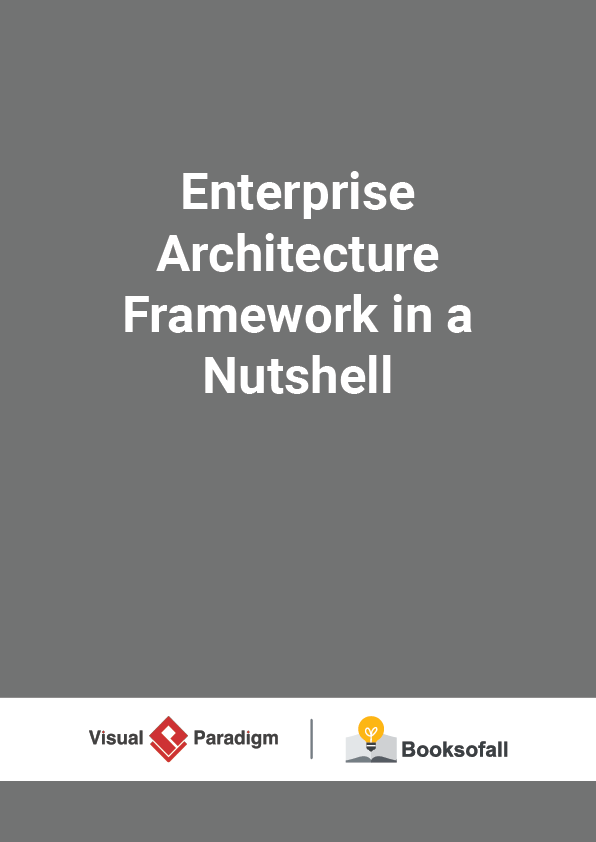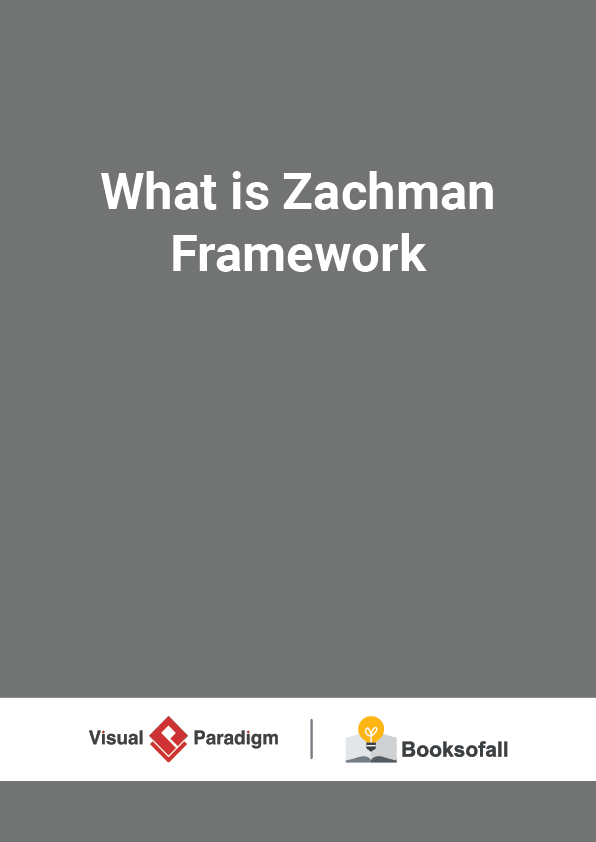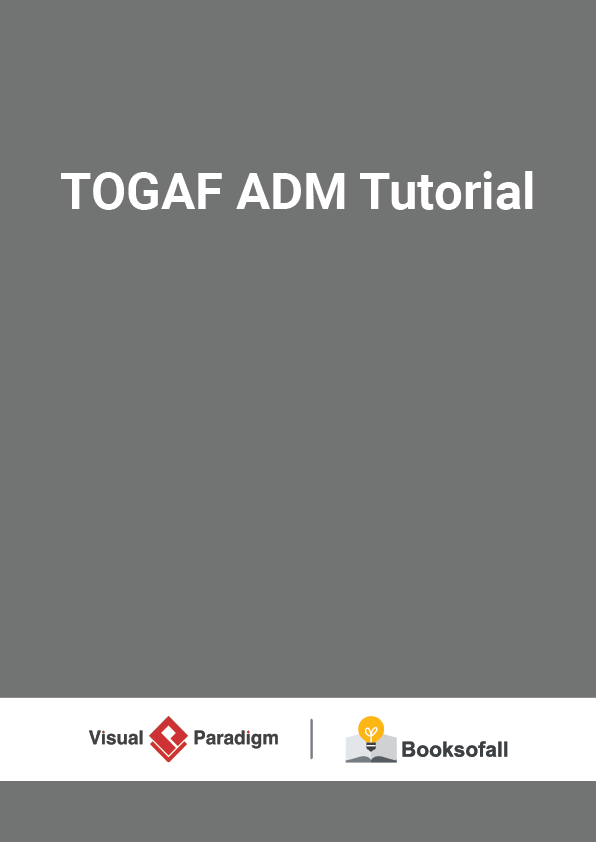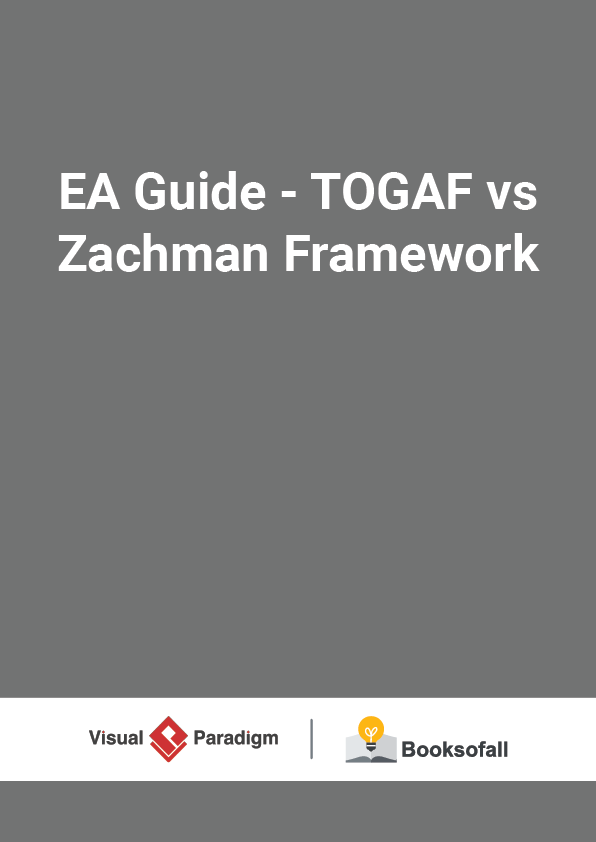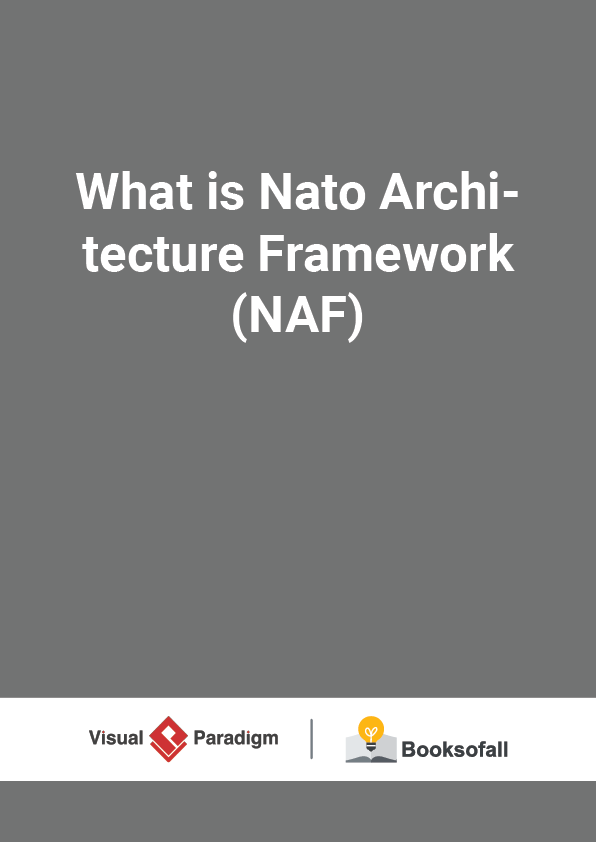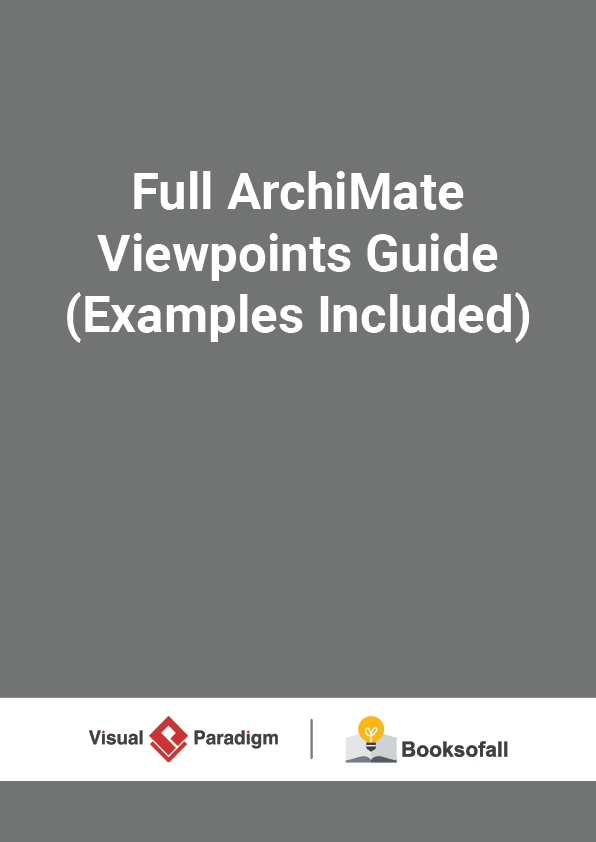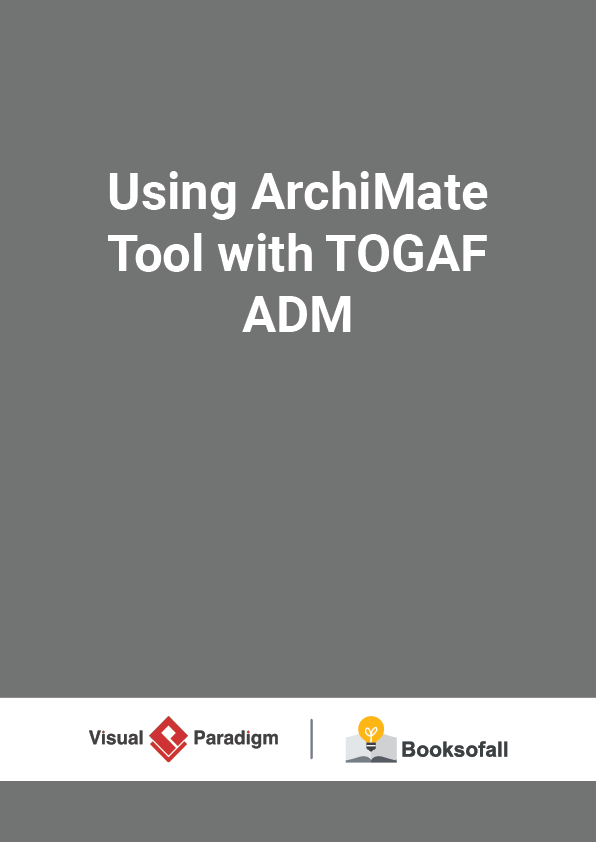TOGAF Stakeholders – Views, Concerns, and Requirements
5-7 minutes
The TOGAF standard takes a formal modeling approach to understand stakeholder, concern, and view; this has led some to interpret that all representations of architecture are views prepared for any conceivable interest.
How to identify stakeholders, views, and concerns?
Stakeholders, views, and concerns are often explained in terms of a single architecture. For a large organization, we often need to consider also what an EA Landscape will actually contain:
Multiple discrete architectures.
Separated by purpose, detail, breadth, time, and recency
There are architecture states:
- Current
- Transition(s),
- and Target
An architect’s first obligation is ensuring the architecture addresses the preferences of the Enterprise. When the Practitioner preserves the stakeholder’s concern, the view to communicate with the stakeholder, and how the architecture will address their concern, something useful to govern against in addressing this obligation naturally emerges.
From a practical perspective, consider:
- Stakeholder : someone who has approval rights in the Target Architecture being explored by the current Architecture Project, and subsequently has decision rights to the suitability of the implementation
- Concern: a consistent set of subjects that capture the stakeholder’s interests and activities to consolidate requirements
- View : a representation of the EA Landscape that addresses a set of stakeholder’s concerns; either describe how the architecture addresses the concerns or demonstrate how the associated requirements are met
Determine stakeholders’ influence and interest
This process enables the team to easily see which stakeholders are expected to be blockers or critics, and which stakeholders are likely to be advocates and supporters of the initiative.
Work out stakeholder power and interest, so as to focus the enterprise architecture engagement on the key individuals. These can be mapped onto a power/interest matrix, which also indicates the strategy you need to adopt for engaging with them.
Stakeholders may be mapped out on a Power/Interest Grid and classified by their power and interest. There are other tools to map out stakeholders and how to influence them. For example, your boss is likely to have high power and influence over your projects and high interest. Your family may have high interest, but are unlikely to have power over it.
Position on the grid may show actions:
- High power / interested people : these are the people you must fully engage and make the greatest efforts to satisfy.
- High power / less interested people : put enough work in with these people to keep them satisfied, but not so much that they become bored with your message.
- Low power / interested people : keep these people adequately informed, and talk to them to ensure that no major issues are arising. These people can often be very helpful with the detail of your project.
- Low power / less interested people : again, monitor these people, but do not bore them with excessive communication.
Statement engagement strategy
Stakeholder management within businesses, organizations, or projects prepares a strategy using information (or intelligence) gathered during the following common processes. With a clear understanding of your Stakeholders, engaging and communicating can be achieved through a variety of channels based upon who the stakeholder is.
- High power, interested people: Manage closely. Best channels: Issue, Change Logs, Status Meetings
- High power, less interested people: Keep satisfied. Best channels: Steering Committee, Board Meeting Updates
- Low power, interested people: Keep informed. Best channels: In-Person, Video, Email Updates Low power, less interested people: Monitor. Best channels: Send Email, Status Reports
